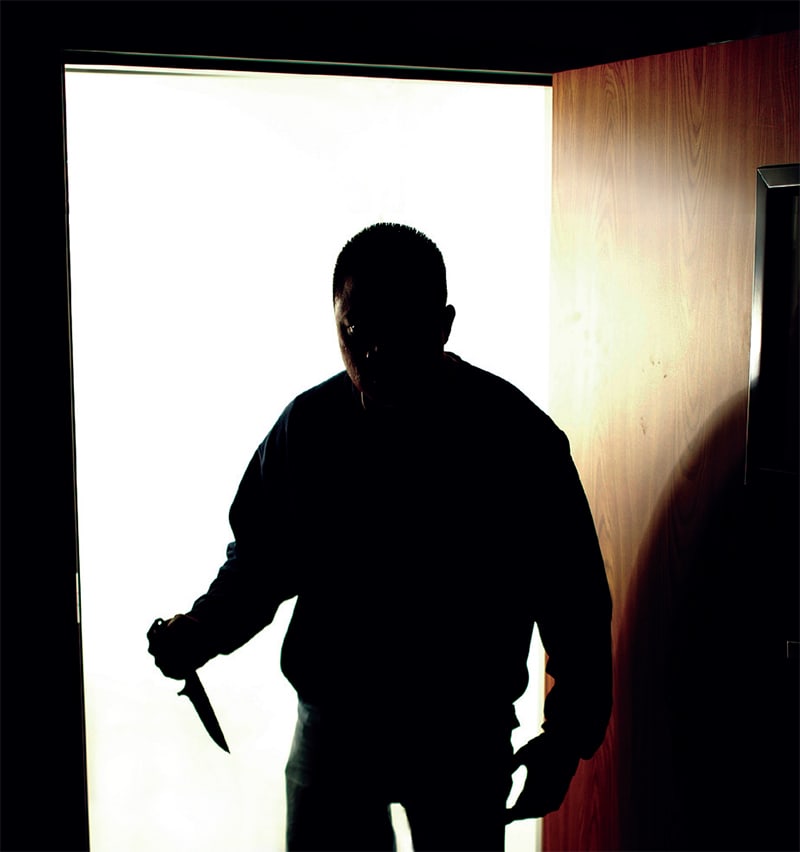Target Indicators
By design humans were given the gifts of sight and of hearing to name a few. These traits make us aware of things in our environment that could cause us harm or personal injury. The sound of a horn, or a flash of movement in our peripheral vision as examples.
These gifts or human traits could be used in mortal conflict and often are — but in a different vein they can also be used as basic life skills in hunting for the shy local back-lot whitetail buck.
What are these helpful traits?
Sound
These can be sounds we make or sounds we listen for. While sitting in the deer blind more than one of us has been burned by a tickling cough followed by the tree-crashing din of a deer leaving the area. Anyone who has ever hunted the hardwood forests of the Midwest can recall the freight train sounds of something sneaking up — seemingly always behind you — while you were frozen in place trying not to look. Often it turned out to be a pesky red squirrel. How one animal so small can make that much noise in the woods is beyond me.
Then again often a slight rustle of leaves, a sound almost like the wind pushing leaves along the forest floor is the precursor to the ghost like arrival of a pretty nice deer.
Of course the noise or sounds we make can signal our intrusion in the woods to the local denizens, especially if it is on one of those goofy zing-ping-binging four-wheeler ATVs. Remember when people use to walk in the woods?
Be quiet and listen carefully.
Movement
If every deer in the woods simply stayed still the first day of hunting season few would ever be killed. In layman’s terms it would be called a “hunter’s eye,” the ability to see and pick up on movement. If the bedded deer stays still most people do not see them. When the deer moves that movement draws the hunter’s eye and attention to the deer.
On the hunter’s part most people move far too fast through the woods or walk over ground not using terrain analysis — the use of ground or terrain features to mask our movement.
As a final thought in all your time in the woods do you believe you have seen more deer, or have more deer have seen you?
Sit still, don’t move and if you move, move slowly.
Reflection
Reflection can come from the back of our uncovered hands, the sheen off of our face or the flash from the objective lens of our scope. This reflection or shine simply gives us away to anyone or thing that would be looking. Reduce reflection or shine by covering these areas or items with flat colors or cloth. If you want to go unnoticed, cover up that shine, glint, gloss or polished stuff.
Contrast
Contrast could be described as a difference in color or shade. This difference of color or shade draws attention to the object in question. The hunter-orange vest contrasts the green woods or white snow covered background. The object is to blend into the background we are in; muted earthy colors blend better than florescent pink or orange.
Fishing lures are brightly colored so that between their movement and contrasting color it draws the fish to the hook.
Wear colors to blend with the environment you expect to be working.
Outline
In your home you open the bedroom door and stand in the doorway. If the open doorway with you standing in it is back-lit by a bedroom light, you are plainly outlined to anyone standing at the other end of the dark hallway. You are simply outlined in the door frame.
Standing in front of windows whether on the inside or outside of the house outlines you similarly. While hunting approach the crests of hills and ridges in a lowered profile to avoid this outline.
It’s simple stuff — stay off skylines or the crests of hills, and stay out of doorways and away from windows.
In application these indicators can help us find potential targets or if we’re careless they can make us potential targets. Using our eyes we can see the sharp edges and blue steel of the mountains, and letting our ears work we hear the shrill whistle and throaty grunt of an elk bugle. Most of all it’s of interest to me to note that the same traits that can make us aware of dangers in our life and environment are also the ones that let us see and hear the joys of life.
If you listen and look there is some nifty pretty neat stuff out here in this thing called life.

Sign up for the Personal Defense newsletter here:



